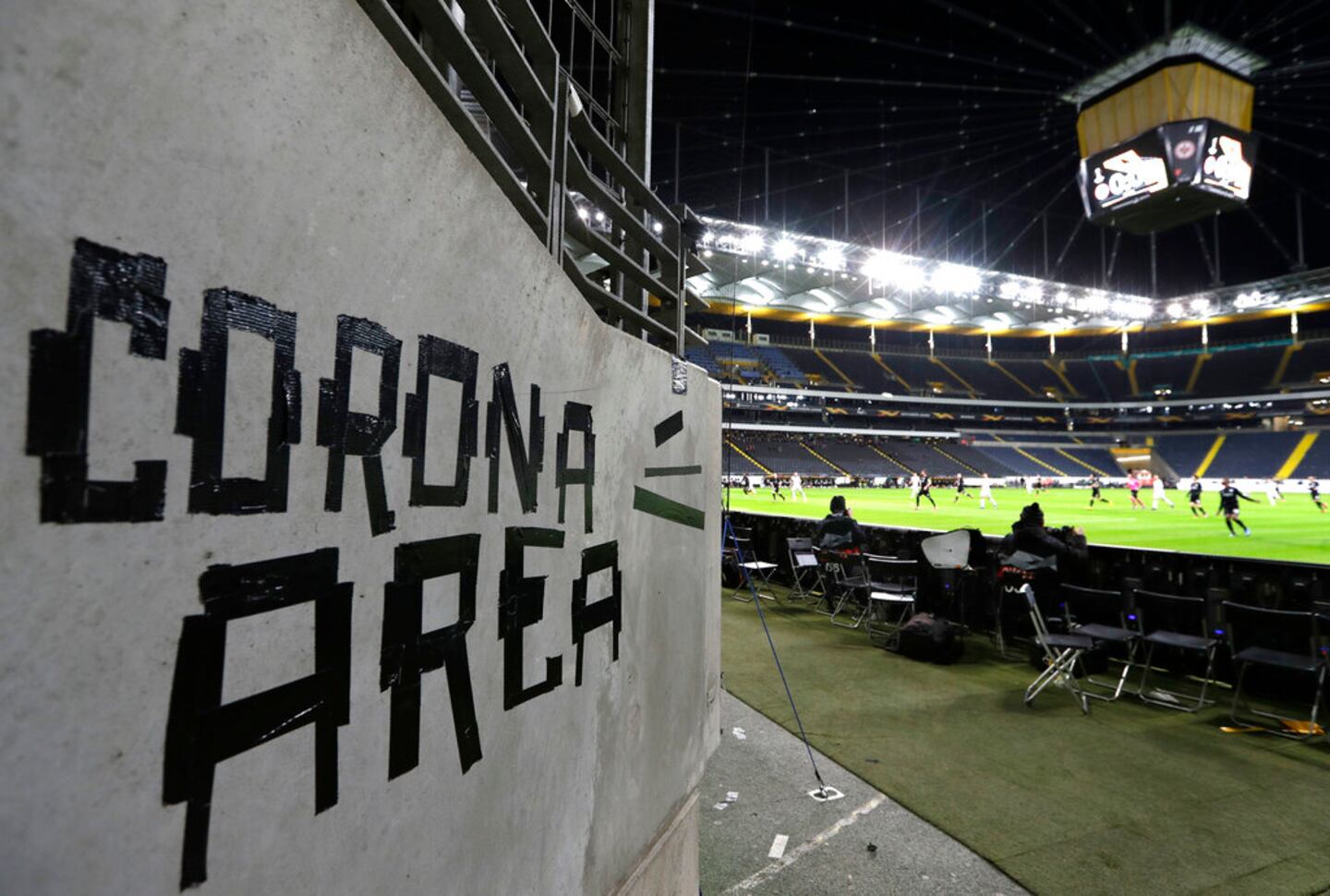At a time when people are looking for any information that can help them understand COVID-19, a chart showing the effects of slowing down the virus’s spread is fast becoming the defining graphic for the new coronavirus.
The graphic, which people have begun to refer to as “flattening the curve,” shows how social distancing and shuttering places where large groups of people gather would slow the spread of COVID-19 and avoid overburdening the U.S. health care system.
We can flatten the curve of #CoronavirusPandemic with decisive action - with self-quarantine and canceling events and gatherings - https://t.co/a33MVJfIx0 - @InfectiousDz @COVID19Update @CDC_NCEZID @IcelandCourse @HPRURespiratory
— Dr Darshana Nadkarni (@DarshanaN) March 12, 2020
The graphic is now showing up on Twitter as a meme.
Our #FlattenTheCurve graphic is now up on @Wikipedia with proper attribution & a CC-BY-SA licence. Please share far & wide and translate it into any language you can! Details in the thread below. #Covid_19 #COVID2019 #COVID19 #coronavirus Thanks to @XTOTL & @TheSpinoffTV pic.twitter.com/BQop7yWu1Q
— Dr Siouxsie Wiles (@SiouxsieW) March 10, 2020
What is ‘flattening the curve’?
Flattening the curve refers to measures taken as soon as possible to lower the rate of infection so the virus spread, which is inevitable, is spread out over time so it does not tax the resources of the health care system.
In other words, the aim is to not have cases come all at one time. Officials hope to achieve that by measures such as social distancing, meaning cutting off the opportunities for large groups to gather and be more likely to contract the virus.
That does not mean that the number of people who are infected would necessarily be lower, but that the infections would not come all at one time.
Is our health care system so unprepared?
It is not that our health care system is not prepared, it is simply a matter of numbers – hospitals have only so many beds.
Dr. Aaron Carroll wrote in The New York Times that the United States has about 2.8 hospital beds per 1,000 people. In Italy, where thousands are sickened by COVID-19, there are 3.2 beds per 1,000 people. In comparison, South Korea has 12.3 hospital beds per 1,000 people.
“It’s estimated that we have about 45,000 intensive care unit beds in the United States,” Carroll wrote. “In a moderate outbreak, about 200,000 Americans would need one.”
What would have to happen to flatten the curve?
Former FDA Commissioner Scott Gottlieb told USA Today that COVID-19 is now beyond containment, meaning the virus can no longer be contained to a specific area.
If it appears that the virus is not in your community, one of two things is happening: A lack of tests for the virus is hiding the true number of cases, or the virus has not gotten a foothold, but it will be coming.
Canceling gatherings and closing down areas where people congregate – such as schools, churches, malls, movie theaters and sporting events – is the most effective way to slow the spread of the disease.
Gottlieb says the only way to slow the transmission is “shutting down businesses where you have a large number of people congregating indoors, where you have rapid spread. Think of movie theaters. Requiring businesses to have nonessential people telework. Slowing transportation.”
What about quarantines?
Gottlieb said he feels quarantines are going too far.
“You don't need to lock down a city or quarantine a city. I think that's the wrong approach. I don't think you can do that in this country,” Gottlieb said. “But if you substantially slow economic activity in a region of an outbreak, you're going to have less mobility. People aren't going to be traveling in and out as much. And so you can achieve almost the same goal that you would from forced quarantines.”
Will those measures work?
Gottlieb said he is optimistic that working to flatten the curve will make a difference.
“All of this is helping — what the businesses are doing, the fact that consumers are nervous and are taking precautions on their own,” he told USA Today. “The fact that mobility and travel have slowed down. The fact that it is getting warmer. All of this will have an impact in slowing the spread of this.
“But will it prevent us from having an epidemic at this point? No. Could it prevent us from having a very large epidemic? It will help. It will absolutely help. But it needs to be coupled with policy steps that engage the kinds of mitigation tools that we talked about, especially in places where you currently have large outbreaks.”
Who is flattening the curve?
Governors in New York, Washington, Oregon, Ohio, and California have instituted bans on large public gatherings in an effort to stem the COVID-19 pandemic.
Florida’s governor has banned certain people from visiting nursing homes and the Disney company has closed Walt Disney World and Disneyland.
Sporting events from the NCAA basketball tournament, to NASCAR, to the NBA, have been canceled.
Six states have closed their school systems until at least the end of March.
Cox Media Group






